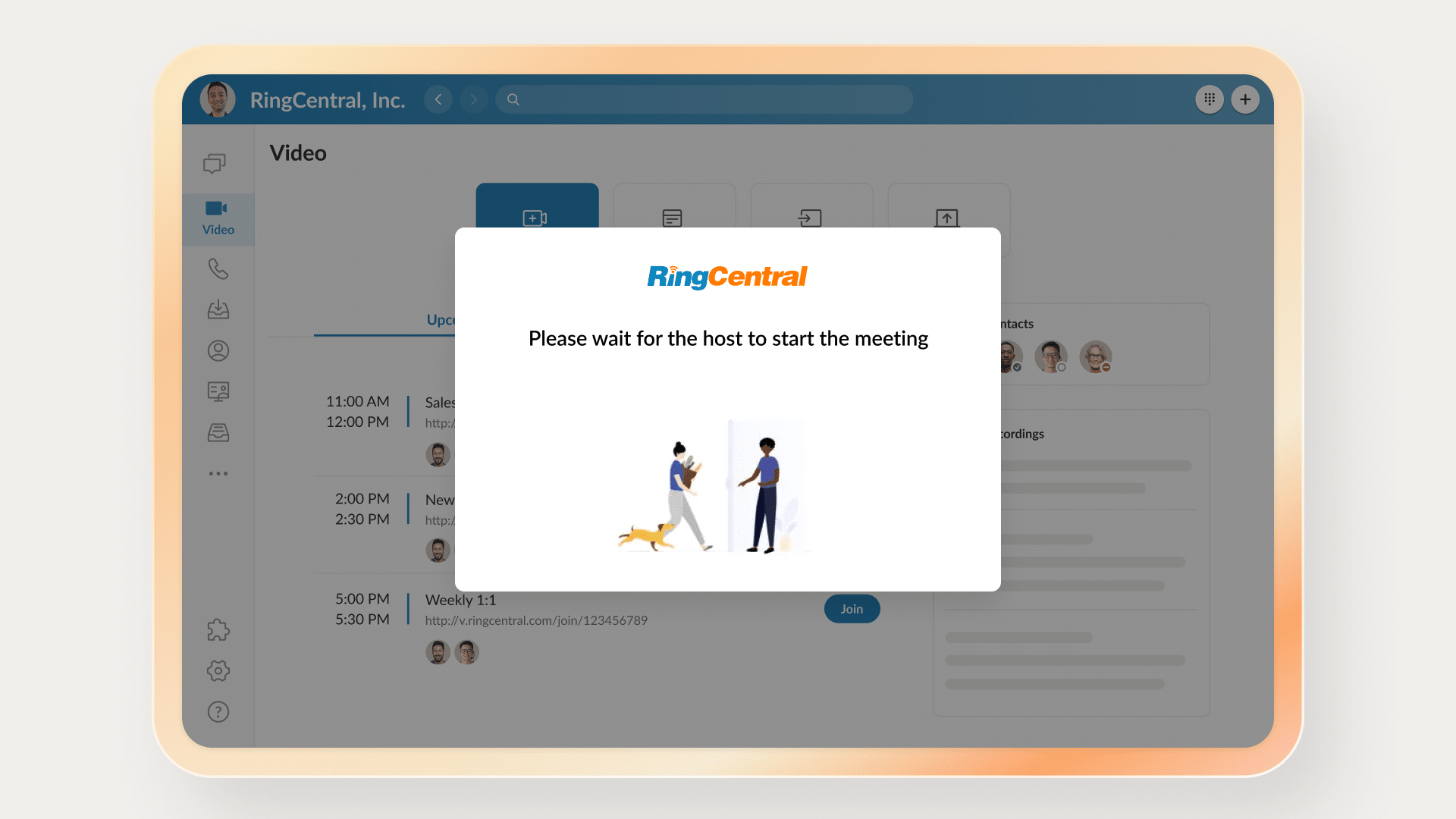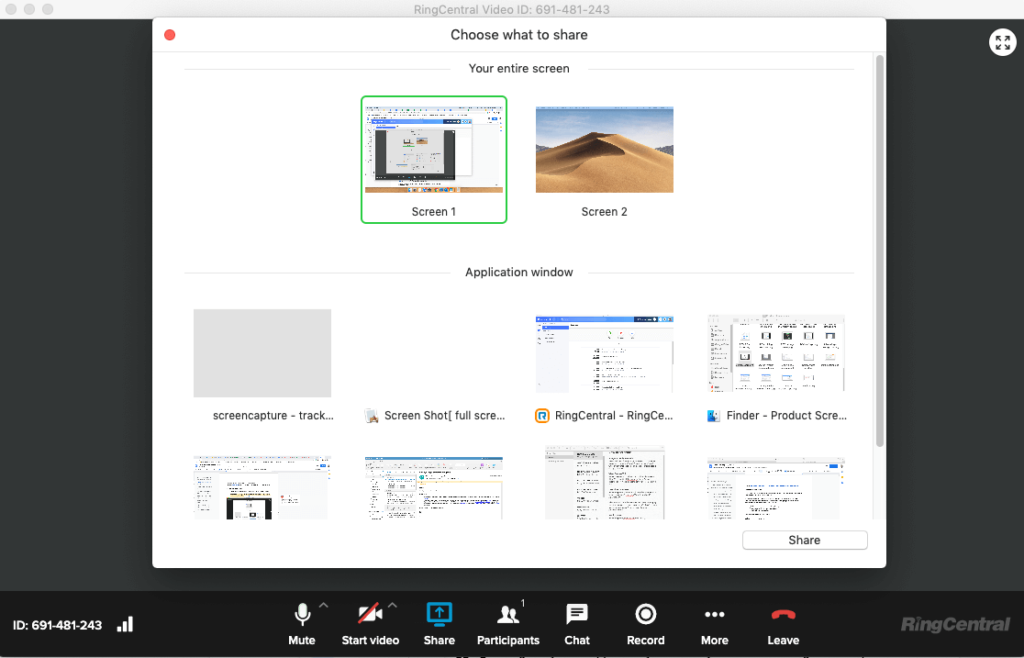Chances are you send (and receive) so many meeting invites that you don’t think twice about them, and perhaps haven’t even considered creating meeting invite templates.
We see an invite, we click. End of story, right?
But based on our own experience helping clients streamline their schedules, invitations are a surprisingly important aspect of running impactful and efficient meetings.
That’s exactly why we put together this guide that breaks down:
- Why you can’t afford to treat your meeting invites as afterthoughts
- The must-have elements of an effective meeting invitation
- 5 free meeting invite templates you can customize
Want to grab your free meeting invite templates now? 👇

Why your meeting invite templates matter more than you think
We get it.
You’re busy. You probably don’t have a lot of brainpower to dedicate to your email invitations.
Let’s look at some of the key reasons why you can’t overlook your email invitations and why well-crafted invites make for better meetings.
A detailed invitation ensures your attendees are prepared
So many meetings fail because they’re poorly organized.
Whether you’re meeting in person or jumping on a video call, when attendees don’t know goals and expectations, discussions fall apart or go nowhere.
Your invitation’s agenda is the ideal place to explain the purpose of any given meeting and what you intend to accomplish.
Additionally, invites are your opportunity to remind attendees if they need to do any homework or bring something to present during a meeting. This cuts down on time-wasting when the date rolls around.
The takeaway? Nobody should stare at their calendar thinking, “What’s this meeting about, again?”
Your invites hold your teammates (and yourself) accountable
Think of your team meeting invitation as a mini contract between you and your colleagues.
By accepting your invitation, somebody’s saying they’re committed to showing up and giving you their undivided attention.
If you aren’t creating proper invitations with schedules and agendas, there’s no real sense of accountability that they need to do anything on the day of your meeting. Detailed invitations also help highlight your coworkers’ internal activities to ensure they’re sticking to tasks and fulfilling their day-to-day responsibilities.
Another benefit of writing out email invitations is you can determine right then and there if a meeting is actually necessary. If you get to your agenda and draw a blank, perhaps you’d be better off sorting things out with a quick call or team chat. In turn, this holds you accountable for not wasting anyone’s time.
A well-crafted template can help hype your attendees
It’s no secret that companies can struggle with employee engagement. Anything you can do to amp up your attendees and make your meetings feel more personal is a plus.
We’re not saying that people should jump for joy when they see your meeting invite in their inbox. At the very least, though, they should be able to look at your invitation and not immediately roll their eyes.
In short, a personalized meeting invite template frames your meeting as a positive get-together rather than something akin to pulling teeth.
What does every meeting invitation email need?
The good news is that most meeting invitations are short and sweet (think: ~100 words or so). That means putting together a meeting invite template doesn’t require you to write a novel’s worth of text.
That said, there are some crucial elements of your invitation that you absolutely need to think through.
👀 Looking for free meeting invite templates? Grab them below.
A meeting-specific subject line that your attendees won’t snooze on
By default, you might automatically label your invitations with little more than “Meeting” or “Check-in.”
But imagine the chaos of your coworkers’ calendars that have a dozen events with the same name.
Thankfully, you don’t need to be particularly clever when it comes to meeting titles. It’s not like you’re writing sales subject lines where clicking through is optional.
What you do need to do, however, is make sure people know exactly what they’re getting into when they look at a meeting invitation. For example:
- “Quarterly Performance Review with Kate (30 mins)”
- “Sales Software Demo + Discussion w/ Product Team”
- “Weekly standup [date]: update on [x], discussing [y] and [z]”
See how that works? The takeaway here is to be specific. Even if you have a recurring meeting (such as a standup), you can switch up your subject line to reflect talking points for that particular day’s discussion.
An appropriate date and time (mind your time zones!)
If you want people to respond to your meeting request email, there are a few timing-related considerations to look at when sending an invite.
For starters, don’t dump more meetings on someone who’s already overwhelmed with their to-do list.
This is why companies should adopt the same email solution (such as Gmail or Outlook) where you can see your colleagues’ calendars to avoid scheduling conflicts.
And while you obviously don’t want to spring meetings on anyone with no notice, you also shouldn’t schedule your meetings too far in advance.
Ideally, try to stick to some sort of internal policy about scheduling (think: at least 72 hours notice, no more than a month out, etc.). If you’re working remotely, also keep time zones in mind as you hash out your schedule with coworkers or clients abroad.
A location (remote or in-person)
Defining a location is particularly important when it comes to virtual meetings.
For many of us, meeting rooms and conference tables have been replaced with digital meeting links. This unfortunately results in a game of link tag or needless notification back and forth as attendees scramble to figure out “where” a meeting is happening.
If you’re using a tool like RingCentral, it’s pretty easy to make sure that all of your attendees are in the right place.
For example, you can define your meeting location as your event ID directly into your email inbox. Then, RingCentral automatically populates the necessary attendee information in your meeting invitation. This includes details such as a call-in number, video link, and an optional password.
In other words, the “where” of your meeting is spelled out clearly for your attendees in their inboxes. From there, they can join your meeting’s waiting room until the host lets them in (for added security):

A personalized introductory summary
When it comes to writing meeting invite templates, you should be economical with your words.
An introductory summary is a great place to highlight the goal of your meeting. This summary should preface your agenda and doesn’t need to be more than a sentence or two:
“Hope all is well, team. During this week’s discussion, we’re going to follow-up on last week’s email campaign and start brainstorming our content strategy for the upcoming quarter.”
A meeting agenda and expectations
Lastly, there’s the “meat” of your meeting invitation: the agenda.
For the sake of convenience—for both yourself and attendees—presenting your agenda as bullet points is common practice.
Your agenda should include:
- Issues to be discussed or reviewed during the meeting (think: talking points)
- Action items and expected outcomes from the meeting
- If necessary, roles and responsibilities of individual attendees (think: someone leading a presentation or sharing a report)
Piggybacking on the last point, it’s important that your entire team is empowered to both present and share during virtual meetings. Having the colleagues in your meeting message, share, and participate is crucial to promoting a collaborative environment.
This is where a tool like RingCentral comes in handy, allowing you to distribute documents, share your screen, and work together in real time:

🕹️ Get a hands-on look at how RingCentral works by booking a product tour:
💰 You can also use this calculator to see roughly how much your business could save by using RingCentral to support your team’s communication with each other—and clients.
5 meeting invite templates that you can steal for yourself
Below we’ve put together a variety of invitation email template options for the most common types of meetings. Feel free to snag these for yourself and adapt them based on your business’s goals and style.
Download your free customizable meeting invite templates.👇
1. The recurring check-in
Whether it’s weekly stand-ups or monthly reviews, recurring meetings are ripe for templating, since your goals and agenda might not change much from meeting to meeting:
Hi there [attendee name],
It’s that time again. For this [week/month/quarter]’s meeting, we’ll be discussing [x] and [y] and deciding on [z]. Here’s a quick rundown of our agenda:
[Talking point]
[Action item]
[Meeting goal]
If you have any questions or concerns in the meantime, be sure to shoot me an email. See you soon.
[Signature]
2. The one-on-one
Meetings between individuals (performance reviews, discussing sensitive information, etc.) require more personalization than a run-of-the-mill invite.
With these sorts of meetings, you should make a point to give your attendee some much-needed peace of mind (especially for those who might be nervous to meet one-on-one or in a virtual setting):
Hi [attendee name],
Looking forward to talking in-depth about [subject] and likewise answering any questions you may have. Just as a quick recap, we’ll be discussing [x] with the end goal of deciding on [y].
Prior to meeting, please make sure that you [action item] and review [information].
Looking forward to it and talk soon.
[Signature]
3. The presentation
Meetings based around presentations are the most prone to going long. Here, you’re going to need an airtight agenda to avoid potential distractions:
Hi [attendees],
On [date], [attendee] will be conducting a virtual presentation on [subject]. The purpose of this presentation is to [goal]. There’s a lot to cover, so here’s a quick rundown of our agenda:
[Talking point #1] (X mins)
[Talking point #2] (X mins)
[Talking point #3] (X mins)
[Action item]
[Meeting goal]
If you have any questions or comments about the schedule, please let me know ASAP.
Thanks,
[Signature]
4. The decision-maker
From investing in software to new hires and beyond, so many of our meetings center around making final decisions. Here, you’ll need to outline how you plan on coming to that conclusion in your invitation and agenda:
Hi [attendees],
The goal of this meeting is to make a decision regarding [x]. Prior to this meeting, please make sure that you review [information] and be prepared to talk at length about:
[Talking point #1]
[Talking point #2]
[Talking point #3]
Regards,
[Signature]
5. The team-specific meeting
Team or department-specific meeting invitations can be a bit less “suit and tie,” highlighting expectations but also the personality of you and your teammates:
Hey team!
Long time, no see!
This meeting will be focused on [subject], while also discussing [x] and [goal]. We’ll have a chance to talk for [time], during which we’ll cover:
[Talking point]
[Action item]
[Meeting goal]
Looking forward to it!
[Signature]
It’s not too late to grab free meeting invite templates! Get them now.👇
Ready to put together your own meeting invite templates?
There are likely more meetings on your calendar than ever before. So now’s the perfect time to put together your own set of meeting invite templates to wrangle your schedule once and for all.
With the help of these templates and tools like RingCentral, you can keep in lock-step with the rest of your team and schedule meetings that they’ll actually look forward to.
Meeting invite template FAQS
What are the benefits of meeting invite templates?
Having a template to base your invites upon will have numerous positive knock-on impacts on your meetings themselves. Attendees will be clearer on what’s required of them and so be ready to be more productive participants. Agendas, too, will help meetings keep to time.
What should be in my meeting invite templates?
Precisely what your template will contain will differ depending on your business, the meeting, and its goals. Key elements of most, however, include a statement of the objectives of the meeting, meeting time and duration, and an agenda.
Originally published Jul 05, 2024, updated Jul 25, 2024






